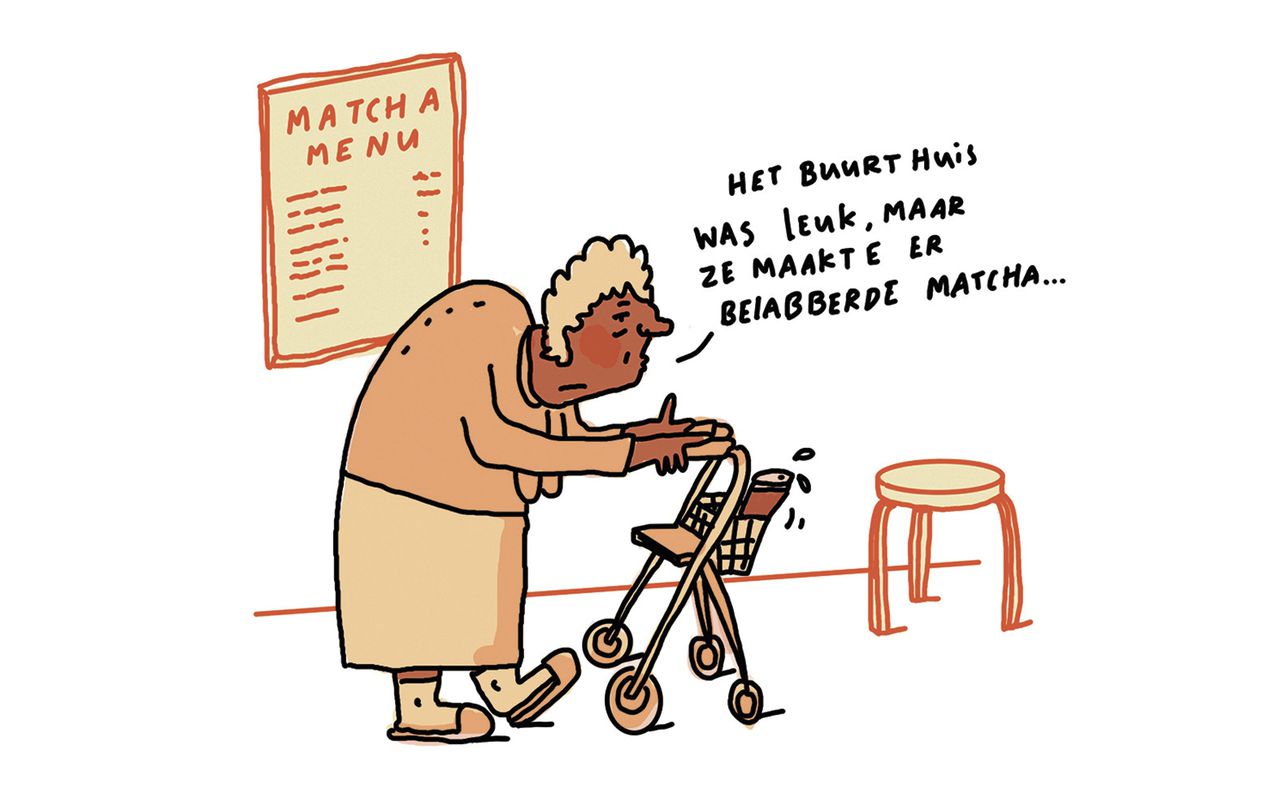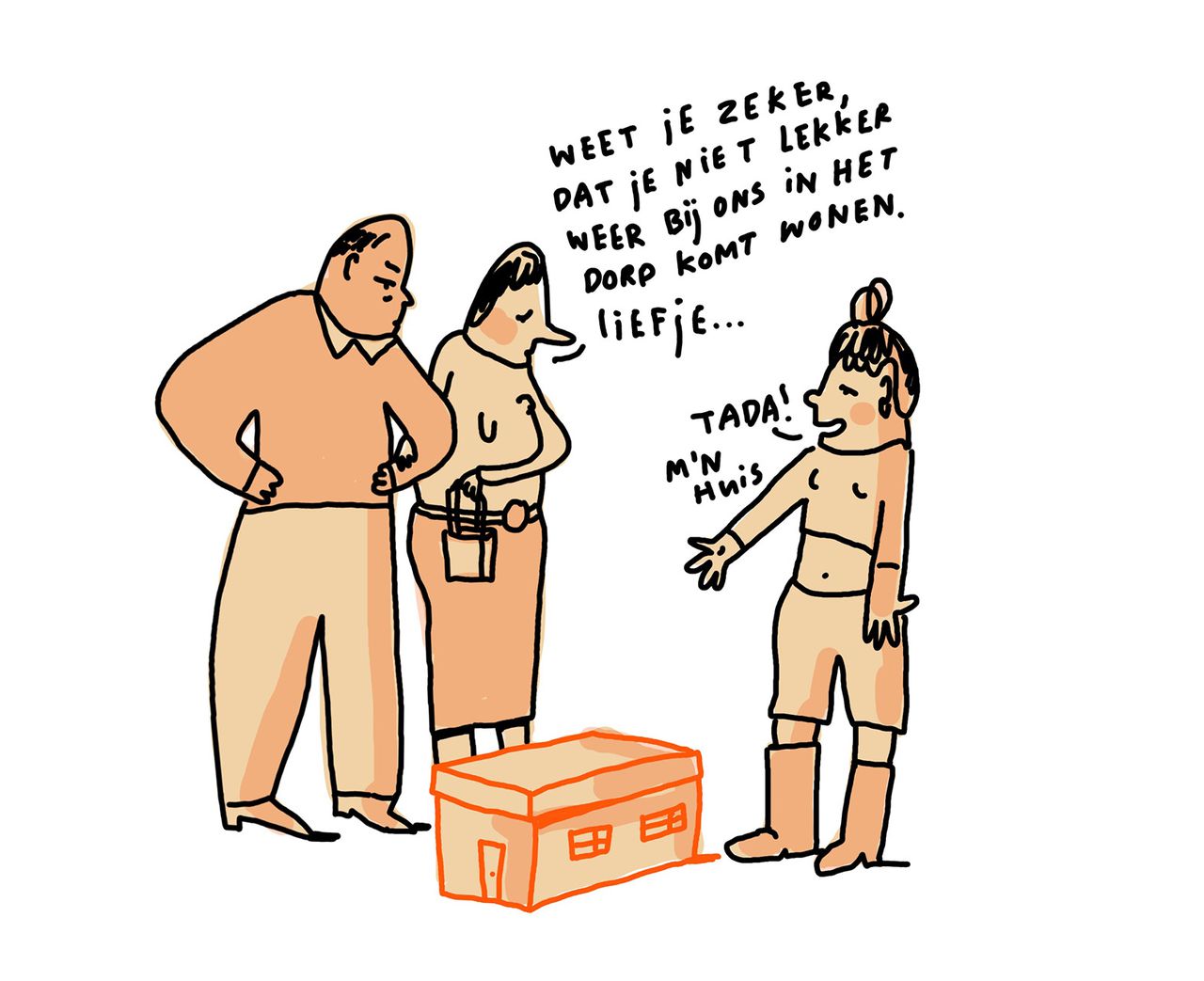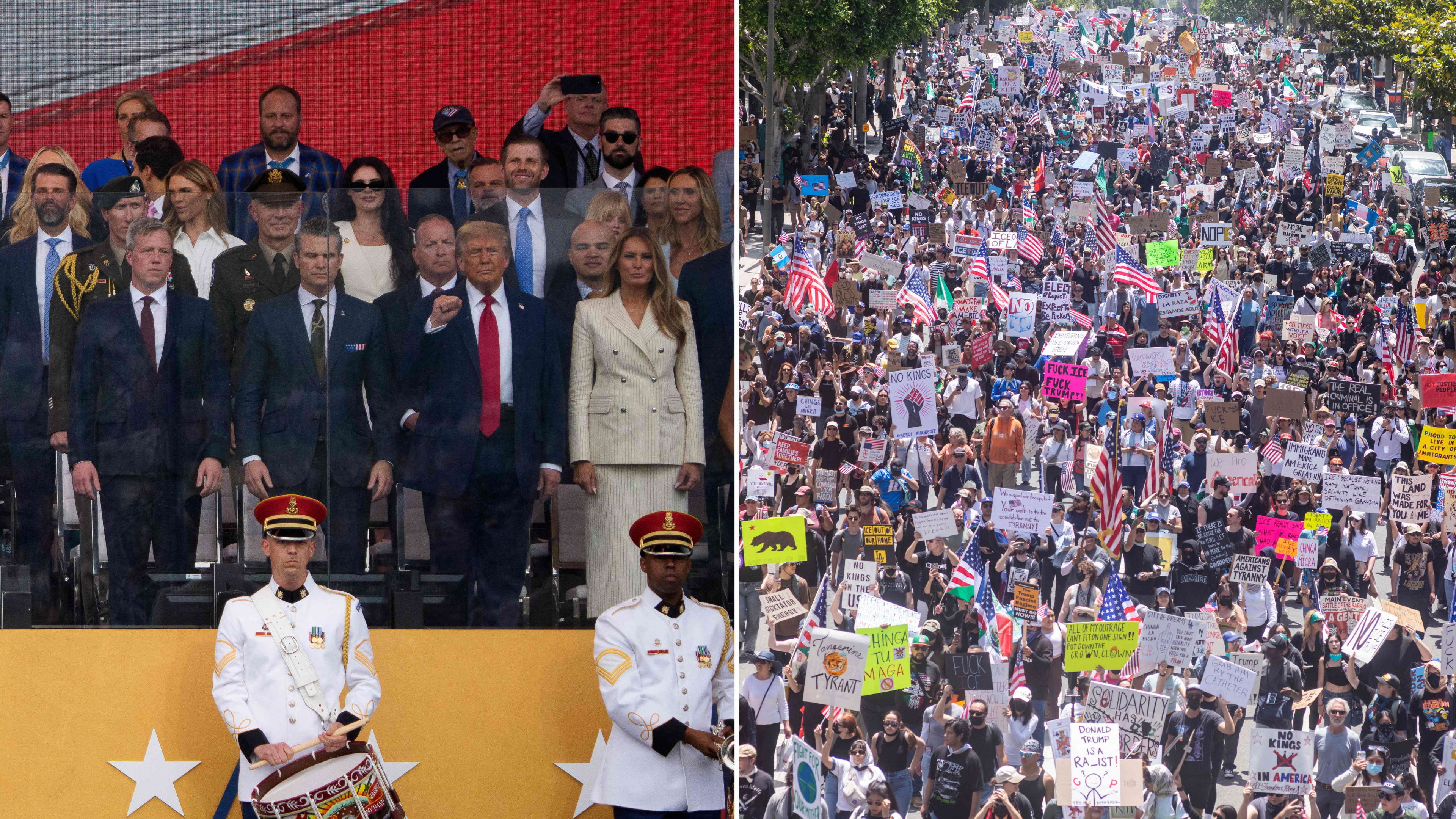Opinion | Amsterdam will be a hotel

Anyone who wants to get a picture of the future Amsterdam must take a look at the southeast of the city. In a radius of about a hundred meters, eight cranes are currently moving through the air. At the Bullewijk metro station, just south of the Johan Cruijff Arena, they protrude above a business area, where some outdated offices have already given way to new residential towers. In front of your eyes you can see the residential blocks shoot into the air, sometimes more than 120 meters or thirty floors high. Undoubtedly comfortable living later, at least if you have a small household.
The latter is almost a condition. Most new homes are small apartments, from 30 to 40 square meters, sometimes 60 or 70. That also applies to new construction in other places in the city. The project developers are struggling with costs sustained. They must retain their returns within the imposed requirements, mainly 40 percent social rent and 40 percent ‘middle rental’. The result is that this 80 percent – as far as achieved – mainly consists of small apartments, because they yield more per square meter. The remaining 20 percent: very expensive penthouses and lofts.
New construction in Amsterdam: or very small or very expensive.
‘Chicken coops’ or ‘Doves’, as residents and local residents call these small accommodations, noted the Court of Audit Amsterdam-Zaanstad. They are populated by (international) students who stay at most for a few years, young people with a temporary lease contract, and Young Professionals who grow out quickly. The larger owner -occupied apartments go to well -paid knowledge workers, usually expats. The new area in Southeast, concluded the Court of Audit, after extensive study, is in danger of becoming a « one -sided flow district ».
It is an image that you can use for the entire city. Social geographer and researcher Jaap Draaisma has Amsterdam called a hotelwhere a growing part of the residents is rather a visitor. They approach the city as a place to consume or use maximum, and then leave again. Some consciously only come for a few years, to study, find a partner or start their career. Others would like to stay longer, but that is actually only reserved for prosperous dual -income households, partly because there are hardly any family homes.
Newcomers
In a normal year, 90,000 newcomers settle in the city, while 80,000 people from Amsterdam leave. As a result, Amsterdam grows with 10,000 inhabitants a year. Although you can also say: the population changes by 10 percent. In a year.
Because many newcomers (people in their twenties especially) often belong to the departures a few years later (for the age of 35 usually, when they form families), it makes sense to look over a longer period. That is quite a job, because people also move within the city. But the municipal research and statistics department did that for me. Outcome: half of the city population has changed in the last ten years. 47 percent of people who lived in Amsterdam in 2024 did not live there in 2014.
I was shocked. I thought of the municipality that makes plans for the city, while it is essentially only half – the other half will be there in ten years.
Amsterdam will soon be celebrating its 750th birthday with, among other things, a large festival on Ringweg A10. In fact, the entire anniversary year Amsterdam 750 is mainly about entertainment. While an existence of three -quarters of the millennium is also an ideal moment for reflection. How’s the city? Where does Amsterdam come from? And above all: where do we want to go?
Home feeling
Amsterdam is struggling with major challenges, which transcend the local level, such as climate change, geopolitical unrest and technological revolutions. Here I focus on three developments – flow, inequality and crowds – on which the city itself has an influence. They are related to each other because they detract from something fundamental, which I want to call connection with the city, or home feeling. That feeling is not a luxury or nostalgia. It forms the basis of individual well -being and sense of safety, and also of urban coherence: care for your environment, involvement with others, a reason to stay.
The outstream outstream yields a dichotomy of a volatile and a longer half. Another dichotomy from Amsterdam is that of social rent versus free market. In this second schedule, 47 percent of households live in a social rental home, and the rest in a rental or owner-occupied home in the free sector. These halves have grown strongly. In practice, social rental homes that are released only go to people with a declaration of urgency or a priority scheme – often the most all -for -the -households, with low incomes, a background as a refugee or a psychiatric disorder. Free rental properties and owner -occupied houses have become extremely expensive. There is hardly any in the middle.

These ‘Poles’ live closer and closer together. Where neighborhoods or neighborhoods used to be fairly homogeneous in terms of socio-economic status, the expensive apartments are now next to or between the-sometimes neglected-social rental homes. Social mixing is a nice ideal, but middle class and hospitality focus on those who have much to spend. Small fitness studios, natural wine stores and coffee bars with matcha dive up. Older shops and community centers disappear. Many Amsterdammers who have been living in the city for some time feel alienated, as if the city is no longer there for them. You hear it on the street, read it in interviews with well -known and less well -known Amsterdammers, and you see it sharply reflecting in all kinds of studies, such as In a recent report from the Verwey-Jonker Institute on New West.
Overtourism
There is still a third problem in the city center and adjacent neighborhoods: crowds and over -tourism. Residents go to court, because the municipality is not really doing its best to adhere to its own set limit of 20 million tourist nights per year – we are on the way to the 25 million. That too contributes to the feeling that the city is no longer of its residents.
Of course, flow, economic differences and crowds belong to a city, especially with an open and internationally oriented city such as Amsterdam. Moreover, an aging society may be grateful for an influx of young productive people from all over the world. But in the last ten years, from around 2014, the developments have been so fast that the city council has lost the grip and Amsterdam is in danger of losing something substantial. His soul, if you want. Also the idea that families should go to the edges, while the center may become a dynamic, pressure and polarized flow area, ignores what a city is: a coherent whole. If you give up the heart, you lose the entire city.
Amsterdam is still a pleasant, relatively socially-mixed city with many involved residents. But the latter group is agilesuch as the socio-economic mixing ‘within the Ring’ is a legacy from the past, which quickly disappears.
Ideal image
It has something easy to point to the city council immediately. Many developments, laws and rules are above his power. At the same time, if vision and decisiveness have to come from, then really from the city itself. The outlined complications are not on the agenda in Politiek The Hague. The city council must dare to see what is going on, His ideal image polish again, and act with conviction. Now the policy is little more than moving with the circumstances and sticking to the 40-40-20 distribution, based on income, and not on household composition, phase of life or expected residence. The political attention goes out to disadvantaged areas in Southeast, New West and Noord. Justified, but the view of the city as a whole seems absent.
Critical officials from the municipality names under the title Beautiful mokum Last year 19 new construction projects under the microscope that have been realized since 2013. They formulated their findings carefully. My summary: it shouldn’t be like that. They became anonymous complexes with small boxes, they concluded. Buildings where you as a resident do not feel at home quickly, and which sometimes evoke the idea of, indeed, a hotel.
And this new housing will have an important, lasting influence on the atmosphere in the city in the coming decades.
Historical lesson
There are no simple solutions. There are many smart people in the city, with a lot of thinking power, who can provide new directions. Surely there must be a way to give middle groups and families a place? And why does the tourism policy get stuck in paper limits without consequences?

A historical lesson in this anniversary year is that Amsterdam has not automatically become such an attractive, mixed and prosperous city. That is so madeby the residents and administrators involved. Even in the 1980s, under the direction of a new, transverse city council, old dilapidated neighborhoods were purchased. They were not only refurbished, but also transferred to the municipal housing company and corporations. That is one of the reasons why the old neighborhoods are still socially economically mixed, although that is under strong pressure.
And who knows what the plans were in the sixties with the Stadshart? That had to be a city, a business center according to an American example, with offices, hotels, parking garages and new motorways to it, right through the city center. Even then, the city center threatened to be lost for residents. It was an unexpected coalition of decent monument protectors and an activist vanguard of a new generation that opposed it. They save central parts such as the Jordaan and the Nieuwmarktbuurt as a residential area. The activists put Amsterdam on the track to what it has become today.
They felt that the city was theirs.

/s3/static.nrc.nl/images/gn4/data127656307-cc3d04.jpg)
:format(webp)/https://content.production.cdn.art19.com/images/17/af/46/b9/17af46b9-6bcc-441c-b5e0-db3ffa876a3e/ba8b2d50a8e2873b5508c25ac7fb60b9fdfe673813521c1f45746a0a15d41a4df28d6156eb40bbd1515b59cee5bd298890e0ad7dad7954e894d41ca48939c6e9.jpeg)




